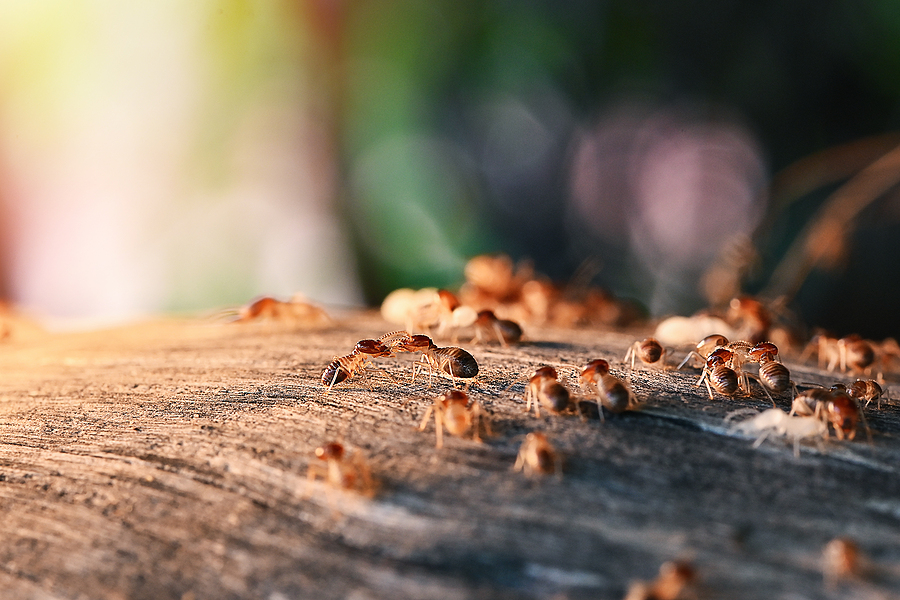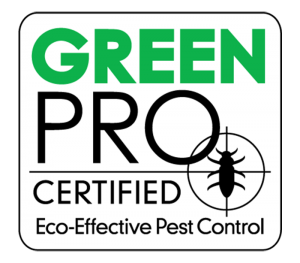5 Signs of Termites
Springtime is usually when most individuals begin to notice termite infestations in their homes. The temperatures and moisture levels in spring are among the numerous factors that provide the perfect breeding ground for termites. Unfortunately, by the time you can see a termite infestation it may already be too late. Once these critters multiply, there may be thousands of them at any given moment chomping down on your home’s foundation or furniture.
 We recommend doing regular inspections every spring for a few weeks to make sure that your home doesn’t have an issue. Once the last frost passes, lots of bugs begin waking up and multiplying, which includes termites. Here are the signs you should look for:
We recommend doing regular inspections every spring for a few weeks to make sure that your home doesn’t have an issue. Once the last frost passes, lots of bugs begin waking up and multiplying, which includes termites. Here are the signs you should look for:
Discarded Wings and Droppings
This is usually the first and only sign of termites in the home. Termites develop wings and take off from their home colony when they’re mature enough to travel and start a new colony. Once they find the appropriate space and decide to take up residence, they shed their wings. It may be hard to spot, but check dark areas, basements, and cracks in walls and floors for any discarded wings. Usually, you’ll be able to spot a pile of tiny, black, and opaque wings. They may even be trapped in spiderwebs. If you see this, you know it is time to call an exterminator.
The other thing to look for is termite droppings. Because their diet consists of wood, their droppings look like tiny wood pellets. If you see those, you know there are termites around.
Noise in the Walls
Yes, termites make noise! This is different than the scurrying and squeaking you normally listen to detect rodents. Termites actually bang their heads or shake the wood to let other termites know when danger is coming. You may hear quiet clicking coming from the walls.
Swarms of Flying Termites on Your Property
Seeing a swarm of flying termites is a potentially disastrous sign, as it could mean that they’re looking to populate your property. If you catch them when they’re still flying, you may be able to get rid of the problem before it becomes really bad.
Mud Tubes
Termites create subterranean tunnels to help them travel in and out of your home. Check around the home’s foundation for any maze-like patterns protruding from the ground. These tunnels must be destroyed for effective extermination of the problem. Termites may hide there when they are forced from your home, waiting to get back in. These tunnels provide them with shelter and the correct temperature and humidity levels needed for the colony to thrive. You may even follow the tunnels to see where they lead and be able to find their main hiding base.
Hollow Wood
To check for termites, knock on walls and floors that you know are supposed to be solid. A hollow sound or crumbling on the inside may be a sign of termite damage. Check your walls, floors, and furniture for any signs of damage. This may include furniture being hollowed out, tunnels in large wood areas (like doors, porches), or even peeling paint.
What to Do About a Termite Infestation
Termites are not something you want to play with and try to eradicate yourself. Because these bugs have extensive tunnels and are excellent hiders, you want to call in a professional. At Spence’s Pest Control, we have all the tools necessary to exterminate a termite problem in your home, safely. Call us at 804-794-4100 to schedule an inspection of your home.












